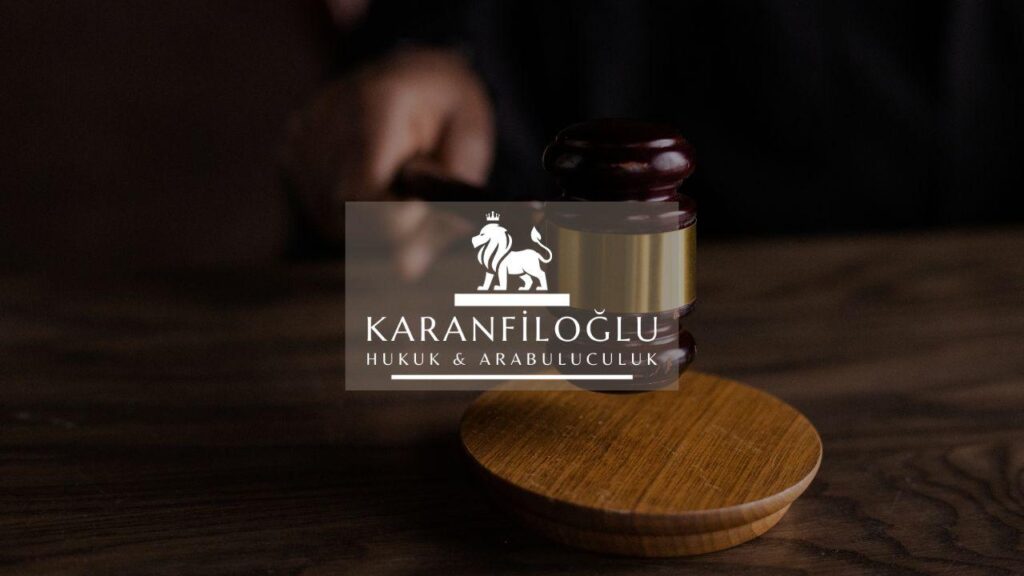When a conflict arises that requires immediate action to prevent harm, a preliminary injunction could be the key tool you need. But what exactly is a preliminary injunction, and how can you obtain it? In simple terms, it’s a court order aimed at freezing the status quo until a final decision is reached. Think of it as a legal pause button. Without understanding the injunction process guide, navigating this terrain can feel daunting. Knowing the types of injunctions available and how to obtain an injunction correctly are crucial steps. The process isn’t as intimidating as it sounds once the legal injunction is explained. By following a straightforward approach, your case can stay protected while you sort things out. Whether it’s for a business dispute or a personal matter, understanding how to obtain a preliminary injunction can make all the difference. Ready to get started? Let’s break it down.
Understanding the Legal Foundations of Preliminary Injunctions
Understanding the legal foundations of a preliminary injunction sets the stage for success. At its core, this legal injunction explained outlines the conditions and criteria essential for its issuance. It’s not just about identifying the harm but proving it has substance, is impending, and irreparable. The injunction process guide demands that these qualities are backed by clear, compelling evidence. Here’s a snapshot: let’s say you’re embroiled in a business spat. You need to show the court the scales tip in your favor, based on meticulous groundwork. Sound daunting? Think of preliminary injunctions as temporary shields, holding the fort while the battle wages on. Whether it’s about protecting property or upholding a contract, knowing how to obtain an injunction is indispensable. Different types of injunctions offer distinct protections, and picking the right one can tip the scales further.
Peering into the intricacies of a preliminary injunction requires clarity and precision. The injunction process guide simplifies this by laying out coherent steps anyone can follow. First on the agenda is determining if the injunction aligns with the types of injunctions applicable to your circumstances. Is the damage looming large and irreparable? Often, case success hinges on painting a vivid picture of the harm to the court. Think of it as sculpting a statue; every detail adds a layer of authenticity. By doing so, you effectively highlight why a legal injunction explained through this tedious but necessary groundwork is essential. To obtain an injunction, evidence must abound—it’s your persuasive masterpiece. So next time you face potential disaster, remember that understanding the legal foundations isn’t just beneficial; it’s your ace in the hole. With true comprehension, the path to securing that preliminary injunction becomes less rocky, providing the safeguard you desperately require.
Every preliminary injunction rests on a bedrock of fundamental legal principles, underscoring its potency in halting harm. Diving deeper, it becomes apparent that the evidence must be not only clear but profoundly convincing. The injunction process guide underscores this rigor—drawing a picture that leaves no room for doubt. Feeling overwhelmed? Remember, this step is akin to assembling a puzzle; each piece of proof fortifies your case. Legal injunctions explained further detail how the law ensures fairness, preventing actions that could tip the scales of justice unfairly. Among the various types of injunctions, a preliminary one serves as an early protective barrier. It requires demonstrating urgency and necessity to the court. Mastering how to obtain injunctions becomes second nature when you grasp these foundations, transforming complex obstacles into manageable tasks. This protection is essential, safeguarding interests while the broader story unfolds in court.
Step-by-Step Guide to Securing a Preliminary Injunction
Securing a preliminary injunction involves a careful yet straightforward process. First, you must understand the injunction process guide, which is vital for taking the right steps. Begin by identifying the urgent need, as urgency is often a key component when the court considers granting an injunction. Next, clearly define the harm you wish to prevent—this can be the difference between stopping a breach or allowing damage to escalate. Gather robust evidence; the stronger your case, the higher your chances of success. It’s like making a clear argument with all facts on your side. Then, file a motion with the court, presenting both your evidence and argument neatly. Remember, knowing the types of injunctions is essential since each has specific requirements and uses. With these steps, obtaining an injunction doesn’t have to be a daunting task. Instead, it becomes a path to maintaining legal peace until your case is resolved.
The journey to securing a preliminary injunction starts with awareness of relevant legal factors. Dive into the injunction process guide; this will map out your route. Show why the harm is immediate and cannot wait until trial. Demonstrating urgency might just clinch your case. Identify the right type of injunction for your situation—whether temporary or permanent—understanding types of injunctions is like knowing the tools in your toolbox. Once you’ve gathered compelling evidence, the next step is crucial: crafting a persuasive narrative. Tell your story with clarity and conviction. Now, push forward by drafting and submitting a motion. This document is your ticket to getting the court’s attention. It’s your chance to spotlight why your situation deserves this legal pause. With the legal injunction explained, the process becomes less of a mystery and more of a strategic game plan. Stick to these steps, and the odds of success tilt in your favor.
Once you’ve laid the groundwork, it’s time to delve into specifics—here’s your step-by-step guide to securing a preliminary injunction. Begin with the injunction process guide, ensuring every detail aligns with your legal strategy. Understand the nuances; not every legal issue demands the same solution, making the knowledge of the types of injunctions paramount. As you draft your motion, make it concise but compelling—paint the urgency and necessity vividly. This isn’t merely paperwork; it’s your voice echoing in the courtroom. Prepare for the hearing by honing your arguments; practice makes perfect. Having the legal injunction explained beforehand can give you a confident edge. Finally, submit your motion, and be ready to adapt. Courts are like unpredictable seas—your preparation steers your ship through the waves. By comprehensively addressing how to obtain an injunction, you solidify your position, setting the stage for justice to unfold.
Common Challenges and Strategies in Obtaining Preliminary Injunctions
Securing a preliminary injunction often resembles a high-stakes chess game. One challenge lies in proving irreparable harm—a linchpin in the injunction process guide. This isn’t about mere inconvenience; you must show potential significant damage that cannot be easily fixed later. It demands convincing evidence and a well-crafted argument. Another hurdle is balancing interests. Courts weigh the harm to either party and public interest. Here, understanding types of injunctions plays a pivotal role. Selecting the right one, whether restraining or mandatory, impacts your strategy. By mastering how to obtain an injunction, you’re tailoring your approach to meet the court’s criteria. A proactive, informed mindset turns obstacles into opportunities, ensuring a smoother path through the legal maze. Embrace these strategies, and transforming challenges into victories becomes achievable. Wouldn’t you rather have the odds stacked in your favor?
Navigating the injunction process guide can feel like walking a tightrope, where every decision bears weight. Common challenges like timing and jurisdiction offer their own hurdles. Filing for a preliminary injunction requires a deft hand; timing is crucial as the court’s clock ticks relentlessly. You might face a jurisdictional tangle, a web that seems impossible to navigate. Pinpointing where to file is your compass in this legal labyrinth. Legal injunction explained, having all your evidence in place becomes your lifeline. But don’t fret—strategies are your parachute. Comprehensive research and preparation are your bread and butter. Preparing for types of injunctions empowers your position. Don your armor with solid facts, ready to counter any obstacles. The path may be peppered with pitfalls, yet with the right strategies, transforming them into stepping stones is within reach. Are you prepared to take the leap?
Understanding common challenges in the injunction process guide sharpens your strategy. One critical factor is the “clean hands” doctrine—courts prefer claimants who themselves act fairly. Any hint of misconduct can tilt the scales of justice against you. Establish a solid foundation with facts lined up like dominoes, ready to fall in your favor. Timing, again, plays its hand; haste may trip you up while delay might kill your momentum. Building a case for irreparable harm demands foresight and clear articulation. Explore every corner, compile every piece of evidence, and stand ready to defend it against scrutiny. Researching types of injunctions gives you the tactical edge, ensuring your petition fits like a glove within the legal injunction framework. Vigilance and agility guide you, transforming potential pitfalls into a ladder of success. With a thoughtful approach, unlocking the path on how to obtain an injunction becomes not only possible but inevitable. Ready to rise to the occasion?
Disclaimer: This article is for general informational purposes only and you are strongly advised to consult a legal professional to evaluate your personal situation. No liability is accepted that may arise from the use of the information in this article.







